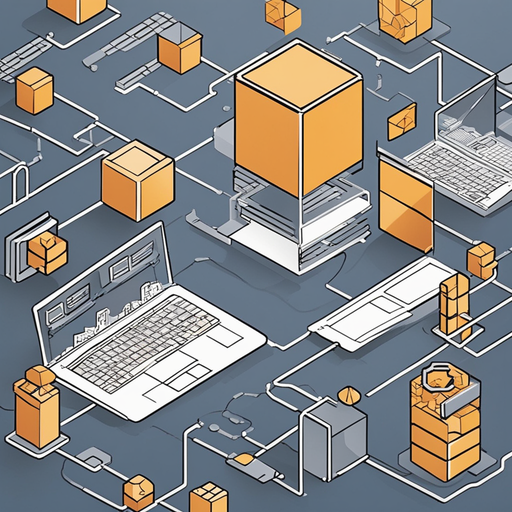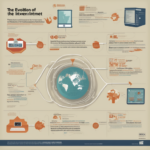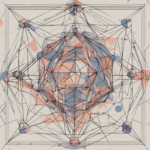The Basics of Web3 Development
Web3 is the next generation of the internet, which is decentralized and powered by blockchain technology. It is a new way of building applications that are more secure, transparent, and trustless. In this article, we will cover the basics of Web3 development, including an overview of blockchain technology, smart contracts, and decentralized applications.
What is Web3?
Web3 is a term used to describe the next generation of the internet. It is based on decentralization, user ownership, and blockchain technology. The core idea behind Web3 is that it’s an open-source version of the internet that isn’t controlled by any one person or organization. This means that users have more control over their data and can interact with each other directly without intermediaries. Web3 is based on three fundamentals:
- Decentralization: Web3 networks are decentralized, meaning that they are not controlled by any one person or organization. Instead, they are run by a network of nodes that work together to maintain the network.
- Trustless and Permissionless Interaction: Web3 networks allow users to interact with each other directly without intermediaries. This means that users don’t need to trust each other to transact or exchange value.
- Reliance upon Smart Tech, AI and Machine Learning: Web3 networks rely on smart contracts, AI and machine learning to automate processes and ensure that transactions are executed correctly.
Blockchain Technology
Blockchain technology is the foundation of Web3 development. It is a distributed ledger technology that allows for secure and transparent transactions without intermediaries. A blockchain is essentially a database that is maintained by a network of nodes. Each node has a copy of the database and works together with other nodes to validate transactions. One of the key features of blockchain technology is its immutability. Once a transaction has been recorded on the blockchain, it cannot be altered or deleted. This makes it an ideal technology for applications where transparency and security are important.
Smart Contracts
Smart contracts are self-executing contracts with the terms of the agreement between buyer and seller being directly written into lines of code. The code and the agreements contained therein exist on a blockchain network. Smart contracts are one of the most important components of Web3 development. They are essentially computer programs that execute automatically when certain conditions are met. Smart contracts can be used for a variety of purposes, including financial transactions, supply chain management, and more. One of the key benefits of smart contracts is their transparency. Because they are executed on a blockchain network, all parties involved in a transaction can see the terms of the contract and how it will be executed.
Decentralized Applications (DApps)
Decentralized applications (DApps) are applications that run on a decentralized network such as a blockchain. They are designed to be more secure and transparent than traditional applications because they don’t rely on intermediaries to function. DApps can be used for a variety of purposes, including financial transactions, social media platforms, gaming platforms, and more. Because they run on a decentralized network, DApps can be accessed from anywhere in the world without restrictions.
 Getting Started with Web3 Development
Getting Started with Web3 Development
To get started with Web3 development, you will need to learn one or more programming languages that are used for writing smart contracts and developing blockchain applications. Some of the most popular Web3 programming languages include Solidity, Vyper, Go, Rust, and Haskell . \ Here’s an overview of what you need to do to get started with Web3 development:
- Learn Blockchain Basics: Before you start developing Web3 applications, you need to understand how blockchain technology works.
- Choose Your Programming Language: Choose one or more programming languages that you want to learn for developing smart contracts.
- Learn Smart Contract Development: Learn how to write smart contracts using your chosen programming language.
- Build Your First DApp: Once you have learned how to write smart contracts, you can start building your first DApp.
- Deploy Your DApp: After you have built your DApp, you need to deploy it on a blockchain network so that others can use it.
Starting your Web3 Development Journey
Web3 development is an exciting new field that offers many opportunities for developers who want to build secure and transparent applications using blockchain technology. In this article, we covered the basics of Web3 development including an overview of blockchain technology, smart contracts, and decentralized applications. If you’re interested in learning more about Web3 development or want help getting started with your own project feel free to reach out!












